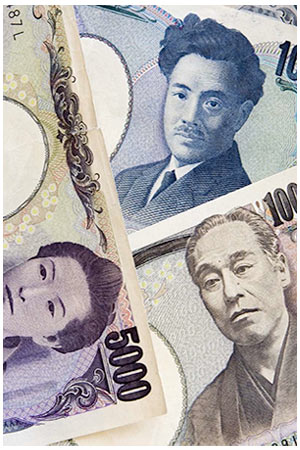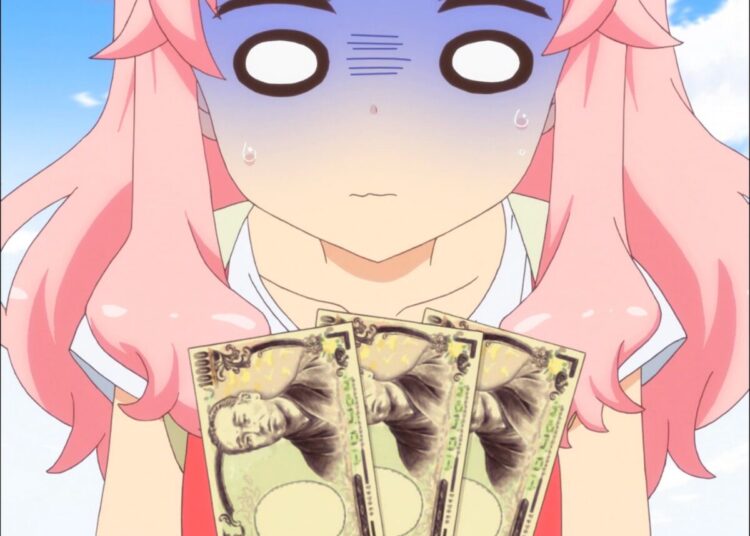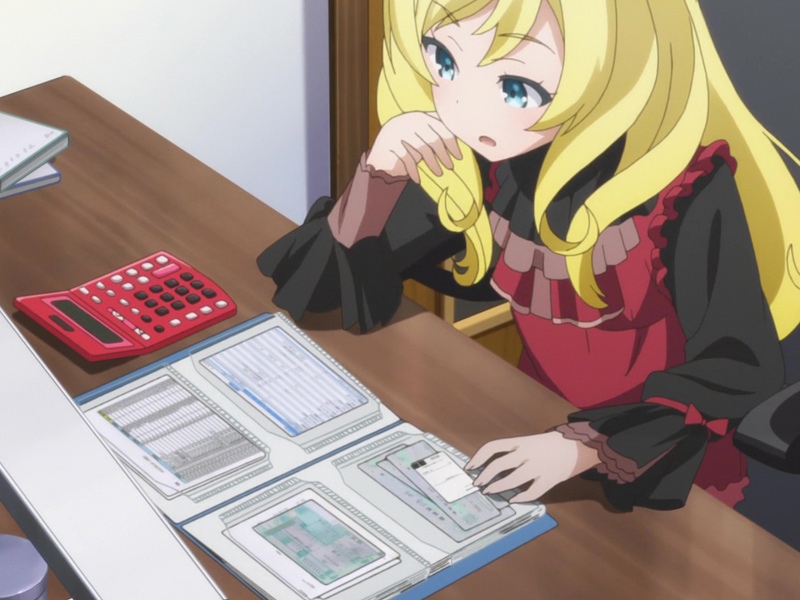The currency of Japan is the yen, a word that means “circle.” (The Chinese yuan and Korean won both mean the same thing, with all three names having the same etymology.) While there are many different denominations of paper bills used in the U.S., Japan has just three in circulation, for 1000, 5000 and 10,000 yen. The current face on the 1000 yen note is Hideyo Noguchi, a famous researcher who helped isolate yellow fever before, er, dying of yellow fever, while the 5000 yen note carries the face of Ichiyo Higuchi, a female novelist from the Meiji Era. (The faces on the previous versions of the currency were a bit more interesting, featuring novelist Natsume Souseki and Inazo Nitobe, a Japanese who converted to Quakerism and wrote the first book on bushido, The Way of the Samurai.) The all-important 10,000 yen note, the symbol of Japan’s economic power in the world, is reserved for Yukichi Fukuzawa, one of the “Founding Fathers” of modern Japan. He was one of the first Japanese to travel to America and Europe, and he wrote the first books explaining Western institutions to Japanese before founding Keio University, more or less the Yale of Japan.

Some information about Japan money, if you want it.















